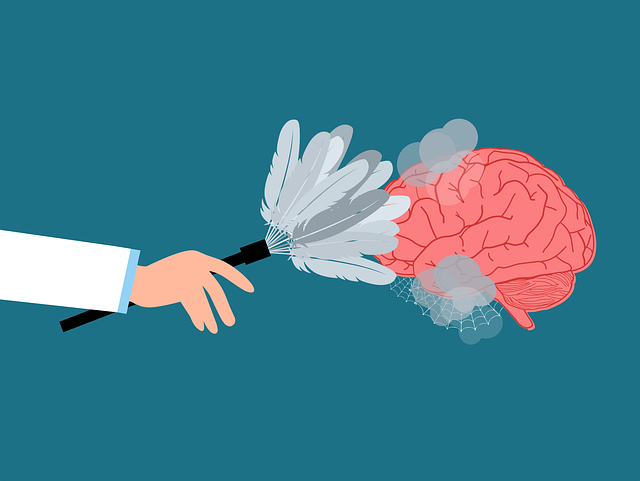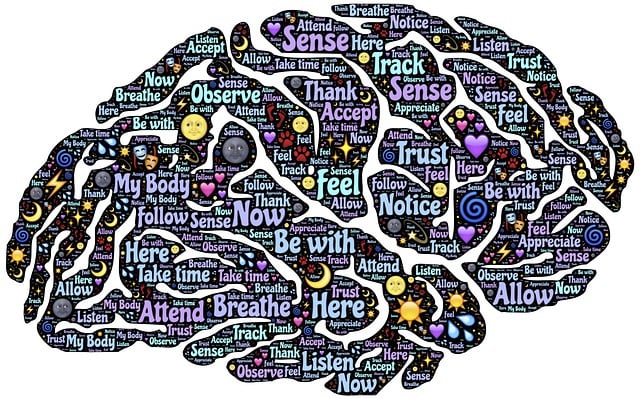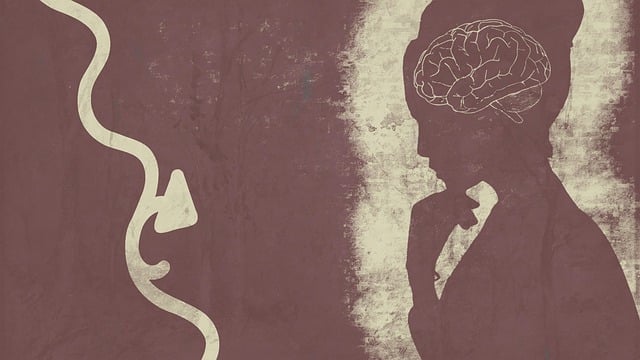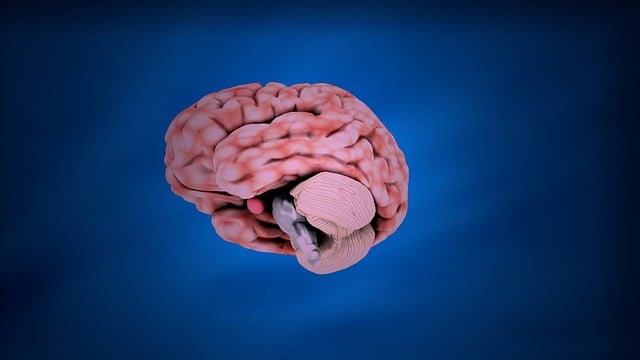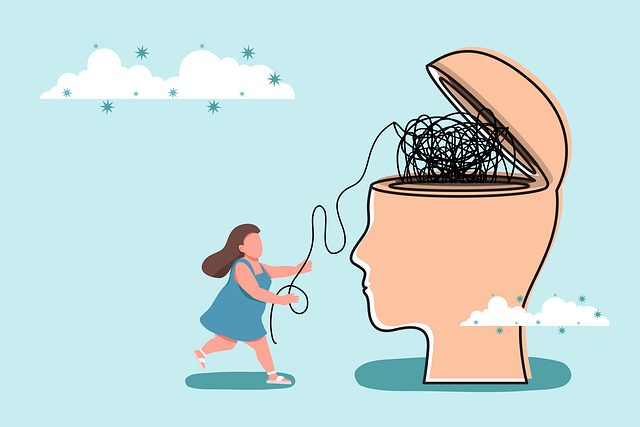Risk assessment is a critical component of effective therapy for adolescent teens who have experienced sexual abuse, addressing emotional, psychological, and social vulnerabilities. Therapists evaluate past trauma, support systems, self-harm history, and suicidal ideation to create harm minimization plans tailored to each survivor's unique needs. This holistic approach includes compassionate practices, mood management techniques, and ongoing support to foster resilience, improve self-esteem, and promote emotional healing, ensuring a safe and supportive therapeutic environment for these young survivors.
Risk assessment and harm minimization planning are crucial steps in supporting therapy for adolescent teens who have experienced sexual abuse. This comprehensive guide explores essential aspects, including understanding risk assessment for survivors, identifying potential harms and vulnerabilities, developing robust minimization plans, and implementing strategies for safe environments. By delving into these topics, we aim to enhance support for young individuals, ensuring their well-being and recovery in the aftermath of such traumatic experiences.
- Understanding Risk Assessment for Sexual Abuse Survivors
- Identifying Potential Harms and Vulnerabilities
- Developing a Comprehensive Minimization Plan
- Implementing Strategies for Safe Environments
- Continuous Support and Monitoring for Adolescent Teens
Understanding Risk Assessment for Sexual Abuse Survivors

Understanding Risk Assessment for Sexual Abuse Survivors is a critical component of effective therapy for adolescent teens who have experienced sexual abuse. This process involves identifying and evaluating potential risks that survivors may face, both immediately after disclosure and in the long term. It’s not just about assessing physical dangers; it delves into emotional, psychological, and social vulnerabilities unique to each survivor’s experience.
In the context of Therapy for Adolescent Teens Sexual Abuse Survivor, mental health professionals must consider factors such as past trauma, current support systems, and any history of self-harm or suicidal ideation. A thorough risk assessment guides harm minimization planning, ensuring survivors receive tailored interventions aimed at enhancing their resilience and Self-Esteem Improvement. This involves addressing not just the immediate harm but also focusing on long-term mental Health Policy Analysis and Advocacy to create safer environments for vulnerable teens. Healthcare Provider Cultural Competency Training is essential in this process, as it helps professionals navigate the nuances of diverse survivor backgrounds, fostering a more inclusive and effective therapeutic approach.
Identifying Potential Harms and Vulnerabilities

Identifying potential harms and vulnerabilities is a critical step in risk assessment for therapy involving adolescent teens who are sexual abuse survivors. These individuals often face complex emotional, psychological, and social challenges that can compound their existing struggles. Professional therapists must be adept at recognizing not just the immediate risks of further trauma or self-harm but also the long-term impacts on mental wellness. This involves a comprehensive understanding of the survivor’s history, current circumstances, and potential triggers, which are often unique to each individual’s experience of sexual abuse.
The process should include an assessment of both internal and external factors that could contribute to harm. Internally, therapists need to be attuned to signs of distress, low self-esteem, or dissociation. Externally, they must consider the support systems in place, family dynamics, and access to resources like Crisis Intervention Guidance or Mental Wellness Podcast Series Production, which can significantly impact a survivor’s ability to heal. By meticulously identifying these vulnerabilities, therapists can tailor their approach, ensuring that treatments are not only safe but also boost the client’s confidence while navigating their recovery journey.
Developing a Comprehensive Minimization Plan

Developing a comprehensive harm minimization plan is essential when supporting therapy for adolescent teens sexual abuse survivors. This involves a multi-faceted approach to ensure the survivor’s emotional well-being and prevent potential burnout among healthcare providers. The plan should include tailored interventions, such as trauma-focused therapies, group support sessions, and educational resources specifically designed to address the unique needs of this vulnerable population.
By integrating burnout prevention strategies for healthcare providers, like regular supervision, self-care practices, and professional development opportunities, the overall quality of care can be enhanced. Emotional well-being promotion techniques, such as mindfulness exercises and stress management training, can empower both survivors and support staff to navigate challenges effectively. This holistic approach not only minimizes harm but also fosters a supportive environment conducive to healing and recovery.
Implementing Strategies for Safe Environments

Creating safe environments is a cornerstone of therapy for adolescent teens sexual abuse survivors. Effective risk assessment for mental health professionals involves a multi-faceted approach that goes beyond simply identifying potential hazards. It requires compassion cultivation practices to build trust and foster open communication, ensuring survivors feel heard and respected. By integrating these strategies, therapists can create a supportive atmosphere that encourages vulnerability and promotes healing.
Moreover, incorporating mood management techniques into harm minimization planning is crucial. These evidence-based practices help clients develop coping mechanisms to regulate emotions triggered by traumatic memories. Through structured risk assessment, compassion cultivation, and robust mood management, mental health professionals can significantly enhance the safety and efficacy of therapy for adolescent teens sexual abuse survivors.
Continuous Support and Monitoring for Adolescent Teens

For adolescent teens who have experienced sexual abuse, continuous support and monitoring are vital components of their recovery journey. Therapy plays a crucial role in helping them process their traumatic experiences and develop coping mechanisms. Using Mind Over Matter principles, therapists can guide survivors towards emotional healing processes, fostering resilience and empowering them to take control of their lives.
Regular sessions with mental health professionals enable teens to express their feelings, work through complex emotions, and navigate the challenges they face. This ongoing support is essential in preventing burnout and promoting long-term wellness. By addressing the psychological impacts of abuse early on, survivors can develop healthy strategies for managing stress, anxiety, and potential relapses, ensuring a brighter and more promising future.
Risk assessment and harm minimization planning are essential components of supporting sexual abuse survivors, especially adolescent teens. By understanding their unique vulnerabilities and implementing strategies for safe environments, we can enhance their therapy for adolescent teens sexual abuse survivor outcomes. Continuous support and monitoring ensure that these young individuals receive the necessary care to navigate their journey towards healing and well-being. This comprehensive approach is vital in fostering resilience and promoting a brighter future for survivors.
